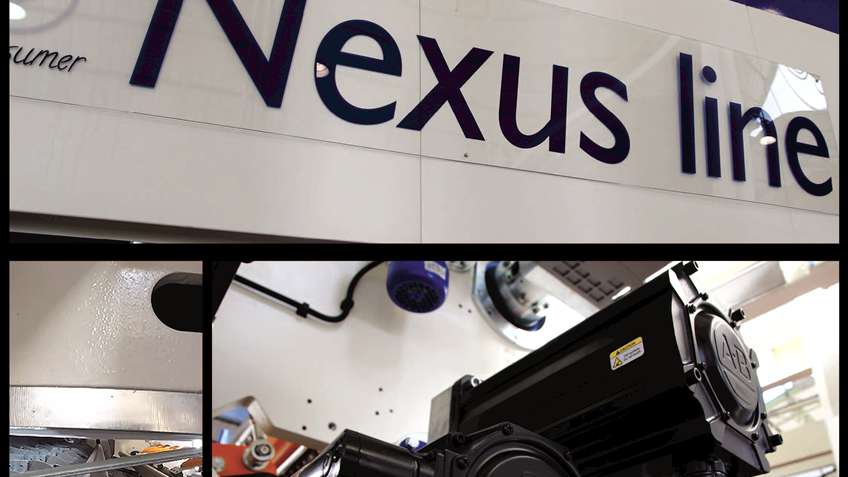Background
Founded in 2004 with the aim of developing and manufacturing equipment for the tissue converting industry, United Converting Srl now satisfies the needs of a globalised market with respect to the growing demand for machinery and services capable of meeting modern production requirements.
The company supplies a complete service, from the design and development of new machinery, to the upgrade and optimisation of existing lines, through paper manufacture and processing, ultimately increasing the final value of the products. Despite still being a young company, it has successfully built and installed a number of converting lines deploying the latest technologies. The company has also developed new converting systems that are patented worldwide.
Thanks to the extensive experience of its technicians, it is able to supply an extremely customised engineering service, using the latest technologies available on the market and is able to respond to unique requests for product customisation to enable tissue converters to achieve exact and innovative product specifications.
In a recent project, a leading US customer needed a new converting line for it production facility. For this application United Converting chose Rockwell Automation as the primary automation supplier in order to develop a machine that would leverage the Rockwell Automation Integrated Architecture® in addition to exploiting the market-leading position that Rockwell Automation enjoys in the United States.
